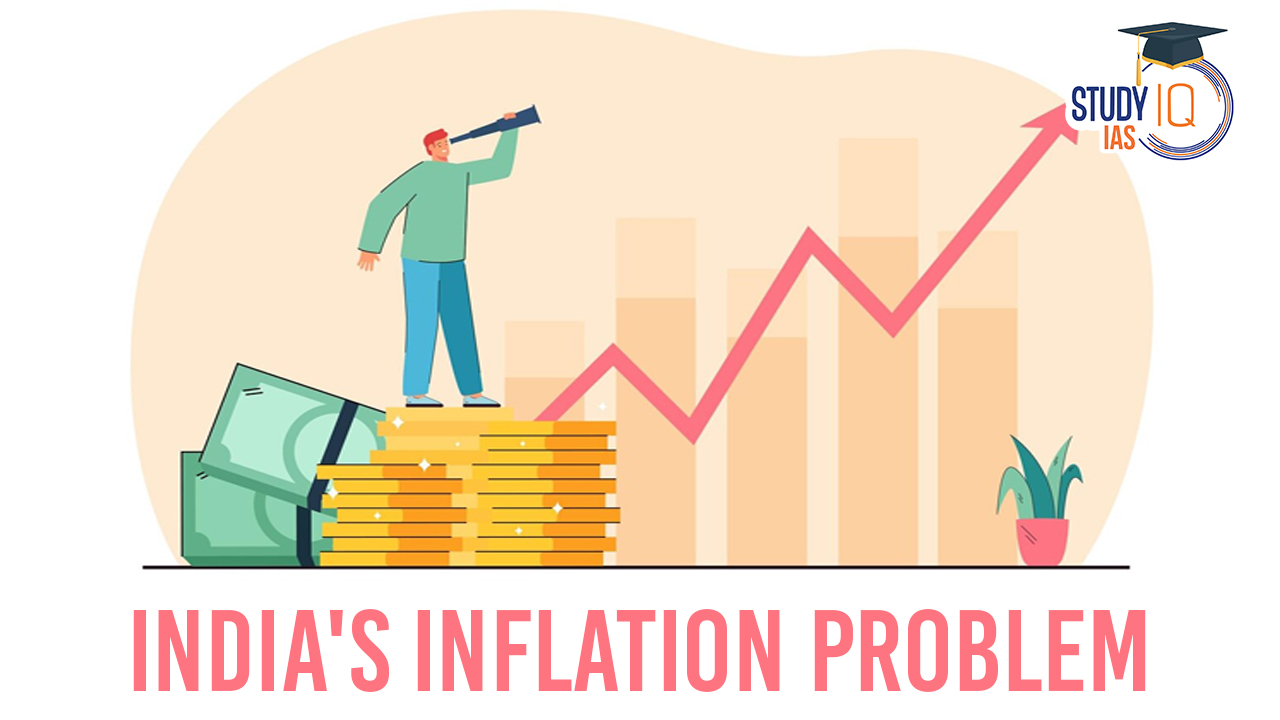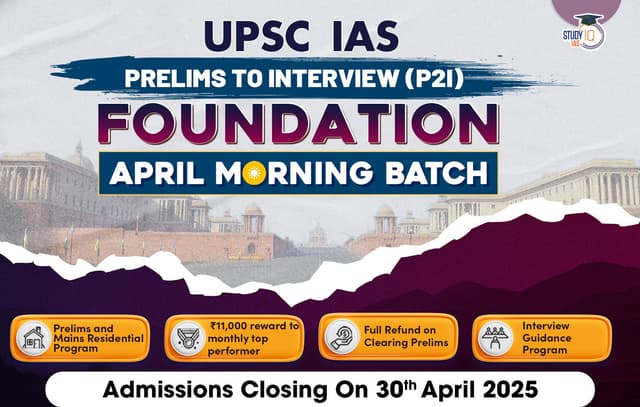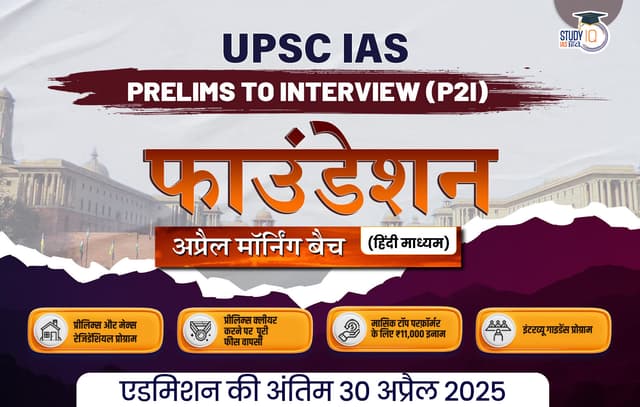Table of Contents
Context: The Economic Survey preceding the 2024 Union Budget proposed excluding food prices from the Reserve Bank of India’s (RBI) inflation target, suggesting a shift from targeting headline inflation to core inflation.
More in News
- This recommendation arises amid concerns over the persistent high food price inflation in India and the broader implications for economic policy and inflation control.
- Food, accounting for a significant portion of the consumer price index, has driven overall inflation rates higher than usual due to its elevated prices.
- Since 2016, the RBI has been responsible for controlling inflation, primarily through interest rate adjustments, under a mandate from Parliament.
- The RBI has consistently missed its targeted inflation rate of 4% over the past five years.
- Similar challenges are observed globally, with central banks like the Bank of England and the Federal Reserve also struggling to meet their targets.
| Facts |
|
Reasons Behind Increase in Inflation in India
- Declining Agricultural Output: Fluctuations in weather, including insufficient monsoon rains and unexpected seasonal changes, have reduced the production of essential crops such as wheat, rice, pulses, vegetables, and edible oils, driving up their prices.
- Rising Agricultural Costs: The escalating costs of essential inputs like seeds, fertilisers, and labour have increased the overall production expenses for farmers, leading to higher prices for crops including cereals and pulses.
- Geopolitical Instability: International conflicts, such as the crisis between Russia and Ukraine and tensions between Israel and Hamas, have disrupted global markets, particularly affecting the prices of crude oil and commodities like wheat and sunflower oil.
- Pandemic-Related Disruptions: The COVID-19 pandemic led to interruptions in supply chains worldwide, inflating commodity prices. The economic recovery post-pandemic further fueled demand, leading to demand-pull inflation.
- Inadequate Government Measures: Government inaction in curbing the activities of hoarders and improper regulation of exports—such as selling non-basmati rice abroad below the minimum support price—has exacerbated food inflation.
Impacts of Inflation in India
Positive Impacts (Moderate Inflation: 4% +/- 2%)
- Economic Growth: A moderate price rise can stimulate spending and investment, thereby boosting economic growth and employment.
- Increased Profits and Production: Manufacturers benefit from higher prices, which can increase profits and encourage more production.
- Enhanced Investment Returns: Investors and entrepreneurs often see better returns during periods of inflation, making investments more lucrative.
- Wage Increases: As prices rise, wages typically increase as well, helping workers cope with the cost of living.
- Debt Relief: Inflation can reduce the real value of debt, making it easier for borrowers to repay what they owe.
Negative Impacts (High Inflation: 6% or More)
- Purchasing Power Erosion: High inflation diminishes the purchasing power of money, leading to a lower standard of living as the same amount of money buys fewer goods and services.
- Widening Socio-Economic Gaps: High inflation tends to hit the poorest and those on fixed incomes the hardest, exacerbating economic inequalities.
- Economic Slowdown: Elevated inflation can lead to higher borrowing costs as central banks raise interest rates, dampening economic activities.
- Loss of International Competitiveness: When domestic prices are higher than those in other countries, it can make a nation’s goods and services less competitive internationally.
- Currency Depreciation: Persistent inflation can lead to a depreciation of the national currency, affecting economic stability and increasing the cost of imports.
Core vs. Headline Inflation
- Proposal: The Economic Survey suggests removing food prices from the inflation calculation, focusing instead on core inflation that excludes food and energy prices.
- Rationale: The justification provided is that food price fluctuations are transitory and therefore should not be a primary focus of long-term inflation targeting.
- Criticism: Critics argue that this approach overlooks the critical impact of food prices on a large segment of the Indian population, where food constitutes nearly 50% of household expenditure.
Challenges in Targeting Core Inflation
- Ineffectiveness of Interest Rate Adjustments: Statistical analyses suggest that increases in the RBI’s repo rate have not effectively controlled core inflation and may, in fact, exacerbate it by forcing firms to raise prices to maintain profits amid reduced demand.
- Economic Interconnections: Food prices significantly influence core inflation through their impact on wages and, consequently, on the cost structure of firms across various industries.
Policy Implications
- Questioning Monetary Policy’s Role: The persistent issue of food price inflation challenges the effectiveness of leaving inflation control solely to monetary policy, influenced by global ideological shifts post-Soviet Union.
- Need for Agricultural Focus: Addressing food price inflation requires enhancing agricultural yield and production to stabilise food supply and prices.


 Sunrise Sectors in India, Key Characteri...
Sunrise Sectors in India, Key Characteri...
 Gold Price Surge in India, Key Drivers a...
Gold Price Surge in India, Key Drivers a...
 Fiscal Slippage, Causes and Implications
Fiscal Slippage, Causes and Implications





















